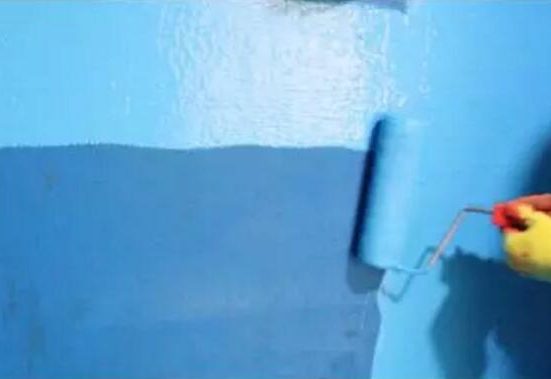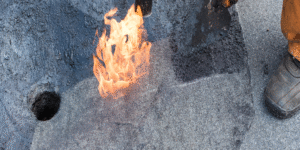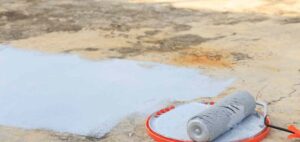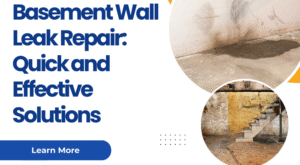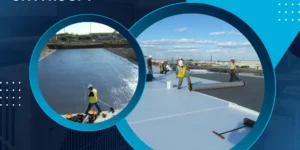Understanding the differences between rigid and flexible waterproofing is essential for selecting the right solution for your construction project. Each has unique characteristics suited to different scenarios.
What Is Rigid Waterproofing?
The term “rigid” refers to materials that are hard, inflexible, and resistant to deformation. Think of a biscuit—firm and crisp, but brittle under excessive force.
Rigid waterproofing forms a hard, inflexible protective layer. It relies on the structural density of materials to prevent water penetration. Commonly used materials include cement and sand, which retain their shape and size over time.
✔ Key Features:
-
High compressive and tensile strength
-
Durable and moisture-resistant
-
Non-deformable under pressure
-
Long service life
-
Ideal for walls, basements, and load-bearing surfaces
What Is Flexible Waterproofing?
The term “flexible” refers to materials that are soft, elastic, and capable of deformation. Imagine a rubber band—it stretches, bends, and returns to its shape.
Flexible waterproofing is typically a two-component system made from modified polymer emulsions, cement, and additives. It creates a seamless, elastic waterproof membrane when applied to surfaces.
✔ Key Features:
-
Excellent elasticity and crack-bridging ability
-
Superior water and weather resistance
-
Lightweight and suitable for roofs
-
Easy application on flat, vertical, and irregular surfaces
-
Effective around construction joints, pipes, and rainwater outlets
-
No heating required—safe and eco-friendly construction
Summary: Rigid vs Flexible Waterproofing
| Feature | Rigid Waterproofing | Flexible Waterproofing |
|---|---|---|
| Material Base | Cement, sand | Polymer emulsion, cement, additives |
| Flexibility | Hard, non-deformable | Soft, highly elastic |
| Durability | Very durable, good structural integration | Durable, better crack resistance |
| Application Areas | Walls, foundations, structural parts | Roofs, joints, facades, detailed areas |
| Construction Method | Requires precise substrate condition | Easy to apply, adaptable to complex shapes |
| Environmental Impact | Traditional method | Eco-friendly, low-pollution |
Conclusion
Both rigid and flexible waterproofing have their advantages. Rigid solutions are ideal for structural integrity and compressive strength, while flexible options excel in areas prone to movement or cracking. The right choice depends on the specific needs of your project.
For more information or to inquire about our waterproofing solutions and waterproof floor paint products, feel free to get in touch with us. We’re here to help!
- Phone: +86 138 6365 6701
- Email: Huafengwaterproof@gmail.com
- WhatsApp: +86 138 6365 6701
We look forward to assisting you with all your waterproofing needs!
